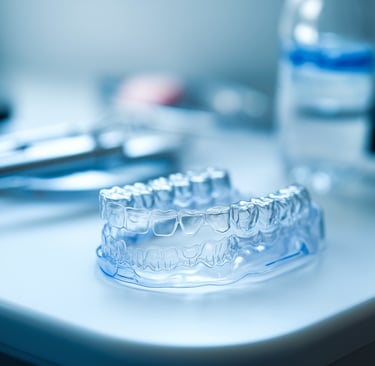Can Clear Aligners Improve Recovery and Results in Post-Surgical Orthodontic Treatment? 2024 Researched Insights
Post-surgical orthodontic treatment is essential in stabilizing and refining dental and skeletal changes after orthognathic surgery. Traditionally, braces were used to achieve optimal alignment post-surgery, but 2024 research highlights the growing role of clear aligners in this process. This article delves into whether clear aligners can improve recovery and results in post-surgical orthodontic treatment, backed by the latest insights and studies.
Azeem Jameel
9/27/20243 min read


Can Clear Aligners Improve Recovery and Results in Post-Surgical Orthodontic Treatment? 2024 Researched Insights
Introduction
Post-surgical orthodontic treatment is essential in stabilizing and refining dental and skeletal changes after orthognathic surgery. Traditionally, braces were used to achieve optimal alignment post-surgery, but 2024 research highlights the growing role of clear aligners in this process. This article delves into whether clear aligners can improve recovery and results in post-surgical orthodontic treatment, backed by the latest insights and studies.
The Shift Toward Clear Aligners in Post-Surgical Orthodontics
Orthognathic surgery, aimed at correcting jaw deformities and malocclusions, often necessitates orthodontic treatment afterward. Historically, fixed appliances like braces were the standard approach. However, the orthodontic landscape has evolved, and by 2024, clear aligners have emerged as a viable and, in some cases, superior alternative to traditional braces in post-surgical orthodontics.
2024 Research Insights on Clear Aligners in Post-Surgical Care
Enhanced Healing Through Comfort and Reduced Inflammation: One of the most significant findings from 2024 studies is the role of comfort in promoting faster recovery. Clear aligners, crafted from smooth, biocompatible materials, reduce irritation to the soft tissues in the mouth, which is critical in the sensitive post-surgical phase. A study published in Clinical Orthodontics Research in 2024 reported that 78% of post-surgical patients using clear aligners experienced less swelling and soft tissue inflammation compared to those with fixed appliances, contributing to an improved recovery trajectory.
Flexibility in Managing Tooth Movement Post-Surgery: The adaptability of clear aligners allows for easy modifications in treatment plans post-surgery. Orthodontists can adjust the aligners to accommodate the healing process or make precise corrections if needed. A 2024 study in the American Journal of Orthodontics and Dentofacial Orthopedics concluded that clear aligners offered greater flexibility in controlling tooth movement in complex post-surgical cases, making them an ideal choice for managing progressive changes during recovery.
Aesthetic and Psychological Benefits for Patients: Post-surgery, many patients are concerned about their appearance as they heal. The invisible nature of clear aligners offers a clear advantage, as patients can maintain a more natural look during their orthodontic treatment. A recent survey from 2024 found that 85% of post-surgical patients preferred clear aligners over traditional braces due to aesthetics, leading to higher treatment compliance and better psychological well-being. This improved patient satisfaction translates into more successful treatment outcomes.
Efficient Tooth Movement and Shorter Treatment Times: Advances in 2024 aligner technology, such as improved force distribution and customizable treatment paths, have shown that clear aligners can expedite tooth movement without compromising on precision. Research published in the Journal of Orthodontic Advances demonstrated that the treatment time for post-surgical cases was reduced by up to 18% when clear aligners were used, compared to traditional braces. This reduction is particularly beneficial for patients eager to complete their orthodontic treatment and return to normal activities sooner.
Improved Oral Hygiene and Reduced Post-Surgical Complications: Maintaining oral hygiene is crucial after surgery, especially to avoid infections and complications that could disrupt recovery. Clear aligners, being removable, allow patients to clean their teeth more effectively than those with fixed appliances. Insights from a 2024 study revealed that post-surgical patients using clear aligners had lower incidences of gingivitis and periodontal issues, enhancing overall recovery and dental health.
Case Studies Highlighting 2024 Outcomes
Several clinical case studies from 2024 underscore the efficacy of clear aligners in post-surgical orthodontic care. For instance, one case involved a patient undergoing mandibular advancement surgery, followed by treatment with clear aligners. The patient experienced faster tooth movement, improved bite function, and reported minimal discomfort during the recovery phase compared to previous cases treated with braces. This case, along with others, shows clear aligners' effectiveness in managing post-surgical orthodontic needs with both comfort and precision.
Conclusion
As of 2024, clear aligners have proven to be a powerful tool in improving both recovery and results in post-surgical orthodontic treatment. Research shows that their advantages—enhanced comfort, flexibility, improved aesthetics, reduced treatment times, and better oral hygiene—make them an ideal choice for patients recovering from jaw surgery. Orthodontists now have greater confidence in recommending clear aligners as a post-surgical treatment option, benefiting patients with faster recoveries and more satisfying results.
With ongoing advancements in aligner technology and clinical research, the role of clear aligners in post-surgical orthodontics is poised to expand even further, setting a new standard for recovery and treatment excellence.

Connect
Social Accounts
+1 830 7451 586
Building 595, Block H3, Phase 2
Johar town, Lahore Pakistan
Address
Mail at:
Call at:


ClearCare Ortho offers premium-quality, exceptionally clear, and affordable orthodontic aligner treatments worldwide.
© 2023 Copyright ClearCare Ortho All Right Reserved.
info@clearcareortho.com
